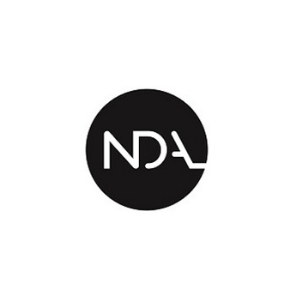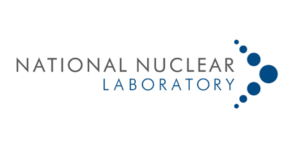
The industrial need can be summarised as follows:
- Remote/rapid building, plant, and contaminated land surveillance
- Remote/rapid sampling techniques for hazardous environments
- Improved and/or new techniques for in-situ analysis of contaminated land, buildings, effluents and waste packages
(A.1) (Rapid) in-situ analysis
Improved techniques for the surveillance and characterisation of plant, structures, waste, land and effluents for radiological and chemical contamination. Remote (field sensing) for contaminated land, buildings, effluents and waste/ residue packages. Improved detectors, such as solid-state alpha cameras for more rapid analysis/more flexible deployment/improved information content.
(A.2) Rapid and automated analytical techniques
More rapid analysis methodology to support automation, especially in labour-intensive areas of sample preparation and radionuclide separations. This is to improve analysis cost, reduce liquid waste arisings, improve turnaround time and improve supply-chain capacity. A key focus area is improved analysis/assay capabilities for alpha and beta radionuclides.
For example:
- Developments with ICPMS for elemental/radionuclide analysis [either on the front end i.e. (IC-ICPMS) or other chromatographic/resin pre-treatment, or measurement e.g. ICPMS CRIS developments with protocols e.g. tandem ICPMS)].
- Developments with other Mass Spec technology e.g. use of AMS to analyse very active material at high dilution.
- Photonics – development of laser technology e.g. LIBS, RAMAN for in-cell or glovebox analysis.
- Novel gamma spectrometry techniques e.g. software or hardware for Compton suppression or coincidence counting, new gamma detection materials or advances with imaging.
- Microfluidics or automated/semi-automated process systems – for radionuclide separation in-lab (fume cupboard/cell/glovebox) or in-situ.
- Artificial intelligence and/ or machine learning – advances in software for improvements in resolving spectra and peak stripping.
- New gaseous sensors e.g. with lower limits of detection (LOD) and ability to identify radionuclides.
(A.3) Characterisation of materials in sealed containers
Improvements in existing non-destructive assay methods e.g. for fuel/fissile material content in cans and other packages. In-line, real-time materials characterisation, e.g. fuel/fissile material content of sludge during transfer/pumping operations or SNM and uranic residues.
- Elemental analysis of materials in sealed containers (high active).
- Determining the contents of a concrete lined drum without opening it.
(A.4) Universal sampling tools
Developments in simple universal sampling tools to collect representative samples from solids, liquids or sludges that can be deployed in constrained spaces (e.g. through small apertures) or at height and potentially in high radiation areas.
(A.5) Innovative tools and techniques which can be used to measure or estimate the activity of a waste item or package.
(A.6) Improving characterisation techniques at waste category boundaries.
Specifically, in the understanding of errors, accuracy and precision and in the confidence levels of ‘decision making’ and/or ‘acceptability criteria’ with respect to (correct) waste categorisation.
(A.7) Analytical methods for the low-level determination of Persistent Organic Pollutants (POPS)
For example, PFAs (Per- and polyfluoroalkyl compounds). There is particular interest in determining the concentrations of POPs in radiologically active samples.
To apply for the scheme, please click here.

